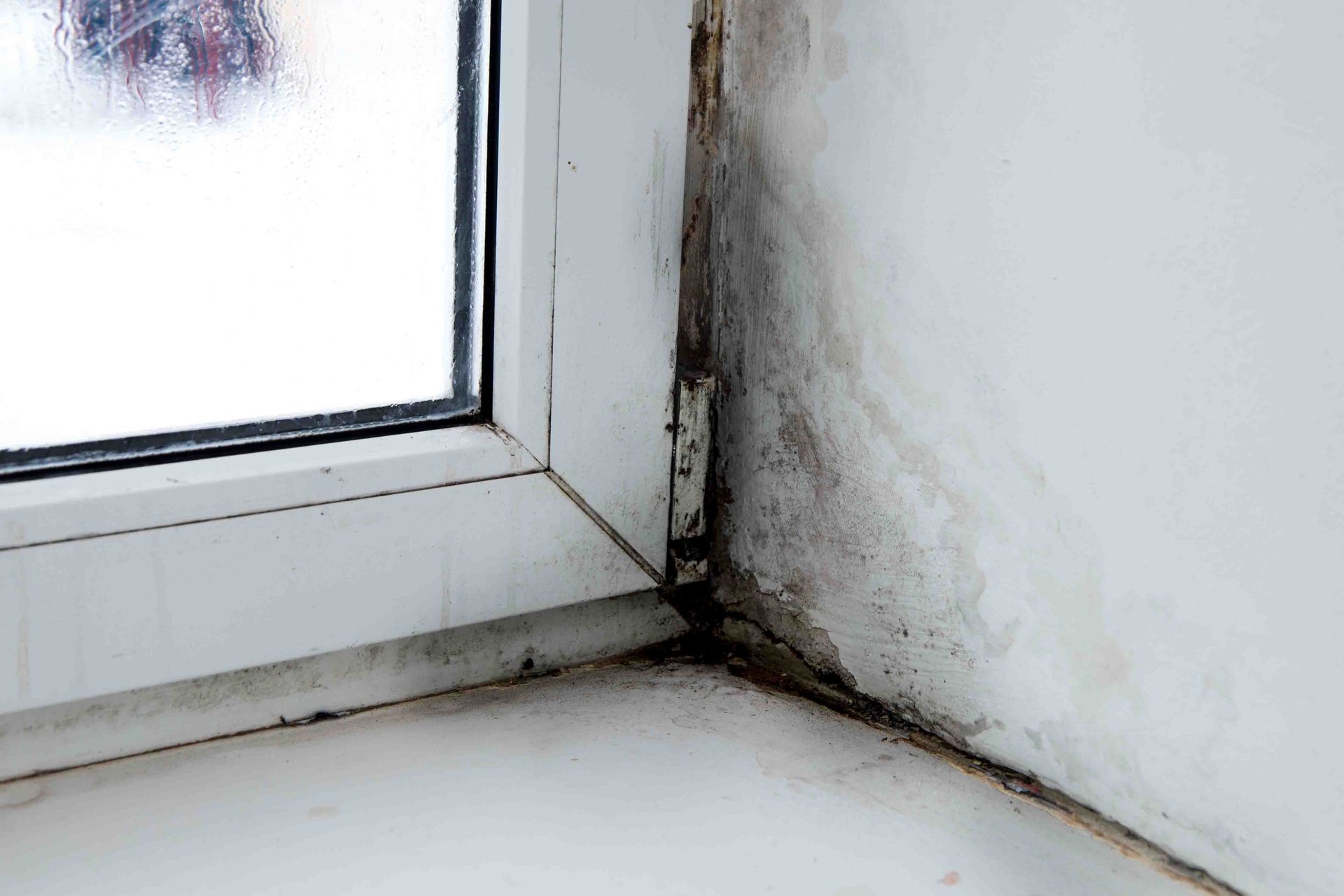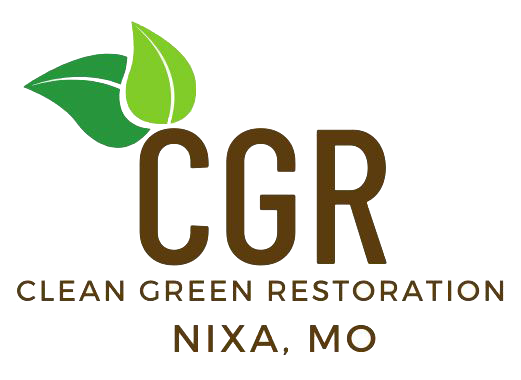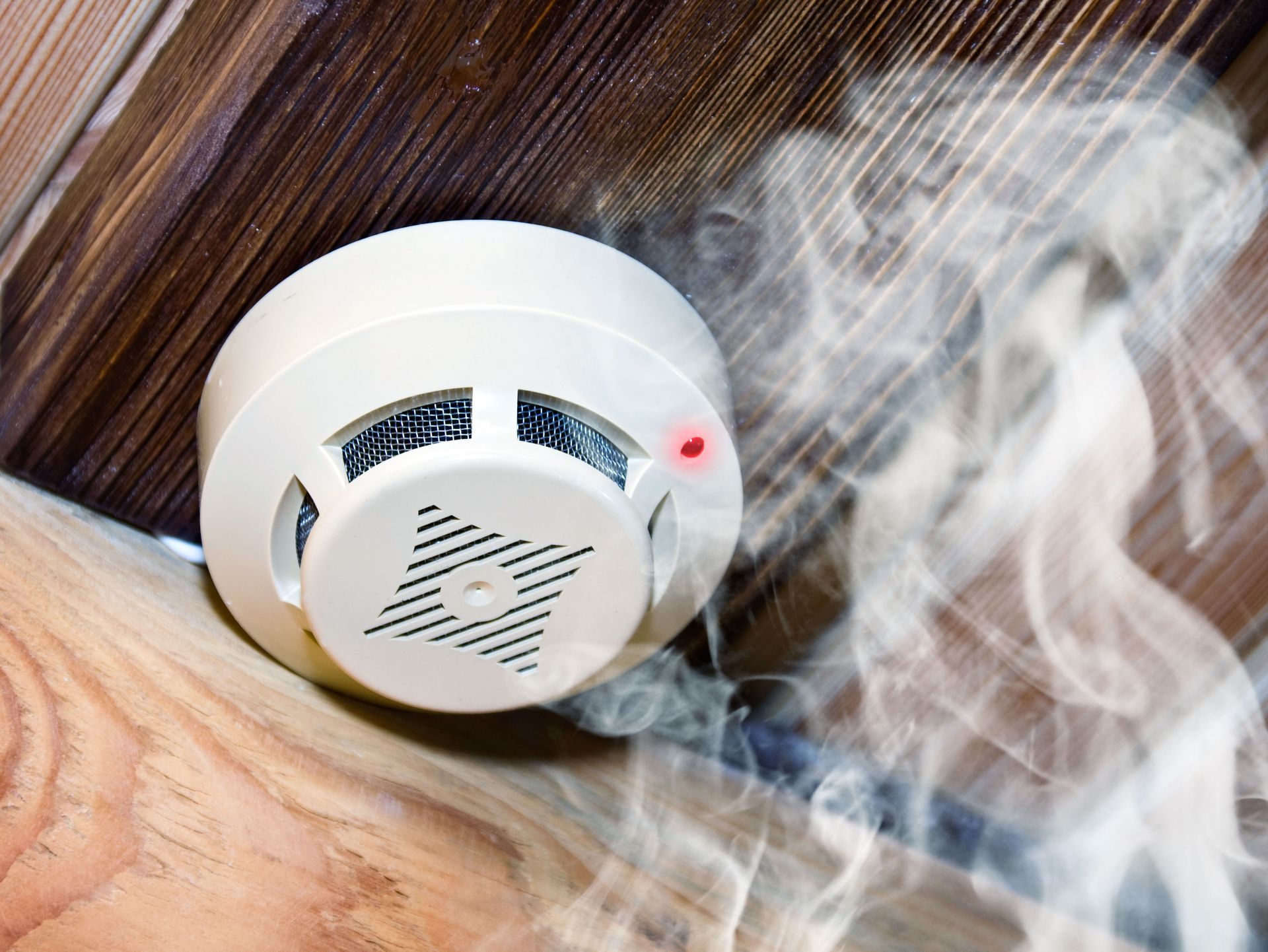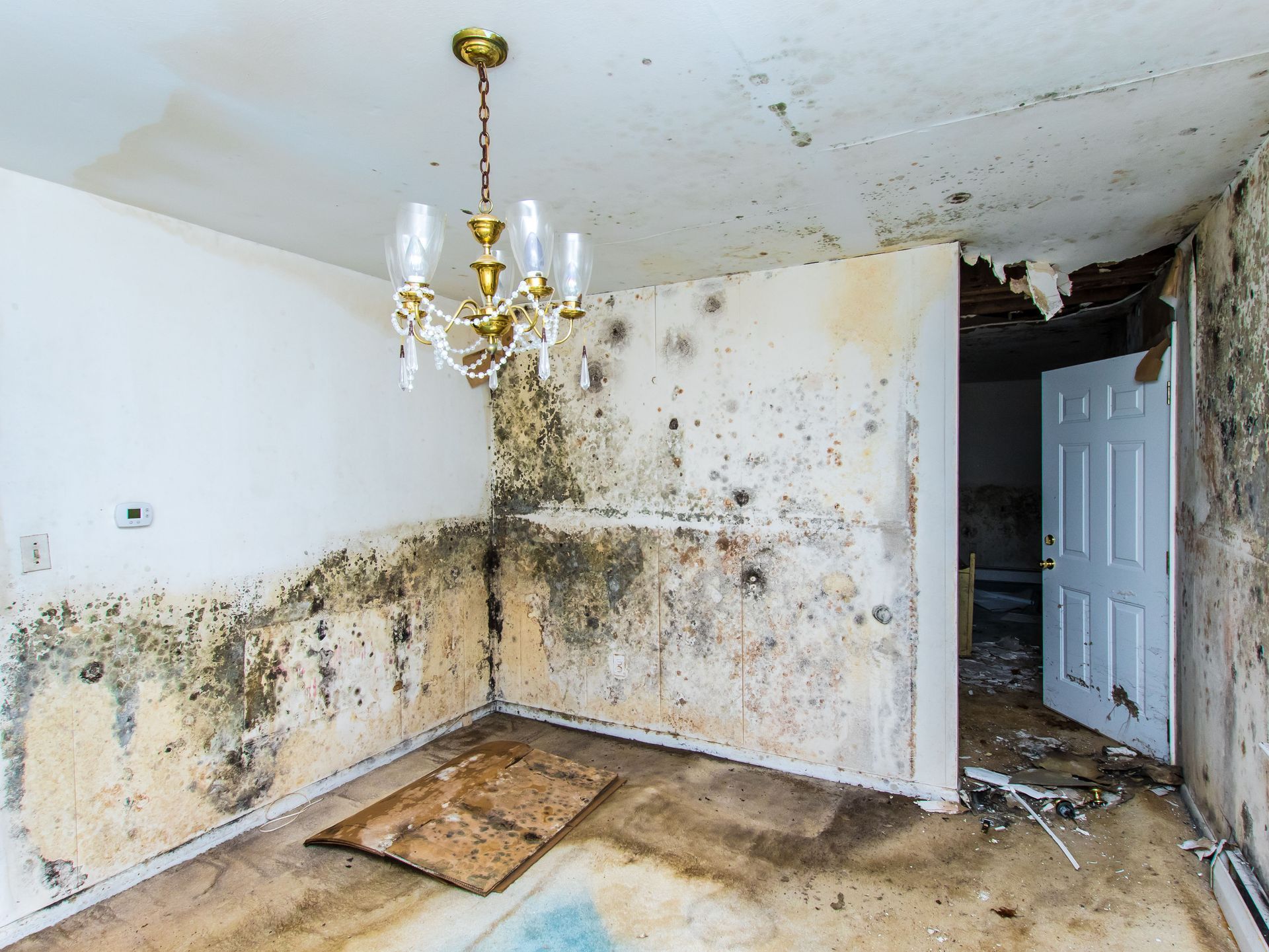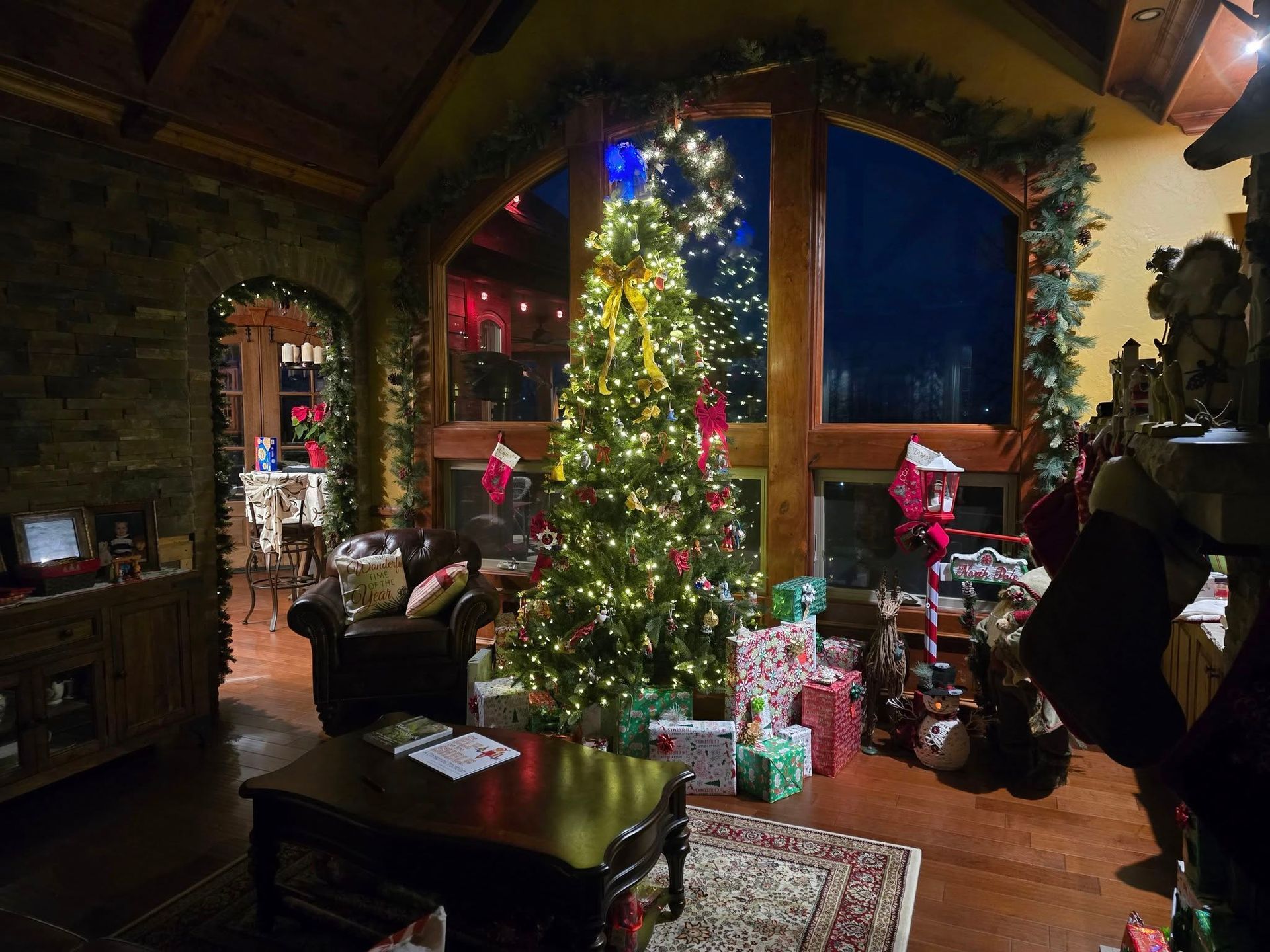September 18, 2025
Mold is a silent intruder. While often obvious when it appears on walls or ceilings, mold can also lurk in less conspicuous spots such as shadowed corners, behind appliances, or within vents, slowly spreading until the damage is visible and costly. Identifying and addressing these hidden mold hotspots early is critical for maintaining healthy indoor air quality and structural integrity. In this post, we’ll reveal the areas of your home most at risk for stealthy mold invasion and how a professional mold removal company can help you stay mold-free.
1. Bathrooms: High Humidity, Low Ventilation
Bathrooms are notorious breeding grounds for mold due to frequent moisture from showers, baths, and sinks. The combination of water and humidity makes them prime environments for mold. If ventilation is inadequate, steam lingers, and wet surfaces like tiles, grout, and caulking can foster mold growth within days. According to Fixr, indoor humidity levels above 45% can lead to conditions where mold colonies might start forming. In a bathroom, humidity often exceeds that threshold unless exhaust fans or windows proactively combat moisture.
Hidden areas such as under the sink, behind the toilet, around pipes, and within poorly sealed grout lines can harbor mold before it appears. Even behind bathroom mirrors or cabinets, where moisture accumulates and air circulation is limited, mold may be quietly growing. To prevent this, ensure your bathroom has proper exhaust ventilation, wipe surfaces after use, and inspect caulk and grout regularly. Adding moisture-resistant paint and sealing tile grout can provide an extra layer of protection. If you suspect mold behind walls or fixtures, a professional mold removal company can perform a thorough check and remediation, averting a minor issue from becoming a major one.
2. Basements and Crawl Spaces: Damp and Dark
Basements and crawl spaces are among the most mold-prone zones in any home. Often below ground level, these areas are naturally damp and poorly ventilated. Water seepage, condensation on foundation walls, and fluctuations in external conditions can elevate moisture, creating a perfect environment for hidden mold growth.
Since these areas are usually low-lit and infrequently inspected, mold can spread behind drywall, in insulation, or on wooden beams without immediate detection. Uneven flooring, leaky pipes, and dirt floor crawl spaces can all exacerbate the risk. Adding a sump pump or dehumidifier can help regulate moisture levels, and installing vapor barriers along basement walls can further reduce the risk of dampness. A reputable mold removal company can assess moisture levels, recommend steps like improved drainage or waterproofing, and safely remove mold colonies. Addressing the problem early protects not just the structure but also indoor air quality throughout your home.
3. Attics and Roof Spaces: Insulation and Leaks
Attics and roof spaces often appear pristine until moisture, heat, and poor insulation create perfect conditions for mold. Hot air rising from the home meets the colder attic environment, leading to condensation on sheathing or rafters. Any roof leak, even a small one, can add enough moisture to encourage mold. Additionally, attic ventilation that’s lacking or blocked stops moisture from escaping, trapping dampness around insulation and structural wood.
Mold doesn’t need to visibly cover surfaces to be a health risk. It may grow between insulation batts or in unreachable nooks. It can also take hold within roof rafters or under sheathing. Regular attic inspections, especially after heavy rain or during seasonal transitions, can catch early signs like black or green spots, musty odors, or warped wood. Adding proper ventilation, installing ridge vents, and ensuring insulation isn’t blocking airflow can significantly reduce the risk. Engaging a mold removal company brings in the tools to test moisture, improve ventilation, and remove growth safely and effectively.
4. Kitchens: Hidden Plumbing and Poor Seals
Kitchens may seem dry on the surface, but beneath sinks, behind dishwashers, and around refrigerators, moisture can hide. Leaky plumbing, condensation on pipes, or minor drips can saturate cabinets and flooring. Even if the overall room seems dry, local pockets of increased humidity can create ideal conditions for hidden mold growth.
Mold often grows inside cabinets under sinks, behind low-profile food pantries, or behind appliances with water connections. Leaks around the dishwasher or refrigerator ice-maker are common culprits. Since these areas are rarely visible, mold can spread unchecked, damaging cabinets, baseboards, and flooring. Checking plumbing connections regularly, sealing any gaps around appliances, and using water alarms near major appliances can help homeowners stay ahead of potential problems. A professional mold removal company can access these tight spots, detect moisture sources, fix them, and remove mold, restoring safety and preserving your kitchen’s integrity.
5. Laundry Rooms: Damp Clothes and Poor Drainage
Laundry rooms are damp environments by nature: water, steam, and wet laundry all contribute to elevated humidity. Poor ventilation or blocked dryer vents trap moist air, making walls, floors, or even drywall wet. Even a few continuous cycles of laundry without proper air circulation can create a hidden risk.
Mold can grow behind washers, on wall insulation, or under flooring where water accumulates from spills or leaks. Lint build-up in vents may trap moisture and create hotspots of mold growth. Regular maintenance like cleaning vents, ensuring drains are clear, and inspecting behind appliances is crucial. Homeowners can also use moisture-absorbing products or install small exhaust fans to improve ventilation in laundry spaces. If mold is suspected, a mold removal company has the training to evaluate ventilation, moisture levels, and mold presence and then provide remediation safely and effectively.
6. HVAC Systems and Air Ducts: Mold on the Move
Your HVAC system circulates air throughout your home, and if mold is present in the system, it can distribute spores everywhere. Condensation on cooling coils, humid air passing through ducts, or moisture in drip pans can create ideal breeding grounds. Faulty insulation or blocked drains can keep areas damp long enough for mold to grow.
Mold inside ductwork or on blower fans may remain out of sight until health symptoms such as sneezing, coughing, or musty odors arise. Regular maintenance, filter changes, and inspections are key. Homeowners should also have their ducts professionally cleaned at regular intervals and inspect condensation pans for standing water. When mold is suspected, a reputable mold removal company can clean duct interiors, sanitize components, and seal leaks, preventing airborne mold from affecting your health. This both tackles the symptom and eliminates the root cause.
7. Window Frames and Exterior Walls: Condensation Havens
Window frames and nearby walls are prime spots for hidden mold. Condensation forms when warm indoor air meets cold glass or poorly insulated frames. Over time, even minor, repeated moisture buildup can foster mold growth in the sills, frames, or adjacent wall cavities.
Exterior walls, especially near windows, may suffer from leaks or insufficient flashing. Moisture may seep behind siding or drywall and go unnoticed until damage appears. Regularly inspect window seals, sills, and adjacent walls for paint bubbling, soft wood, or discoloration. Re-caulking windows and adding insulation around frames can significantly reduce condensation problems. If any mold is suspected, bringing in a mold removal company ensures spores are safely removed, repair needs are addressed, and further moisture intrusion is prevented.
Hidden mold growth can lurk in many parts of your home, including bathrooms, basements, attics, kitchens, laundry rooms, HVAC systems, and around windows. These areas share common traits: high moisture, poor ventilation, and infrequent inspection.
Staying vigilant with inspections, maintaining proper ventilation, and addressing leaks or condensation promptly are essential. But when you suspect mold or want to assess risk proactively, there’s no substitute for professional help. Reach out today to Clean Green Restoration, your trusted mold removal company , for expert evaluation, safe containment, and thorough remediation. Don’t let hidden mold compromise your home’s health. Contact Clean Green Restoration now and breathe easier.
